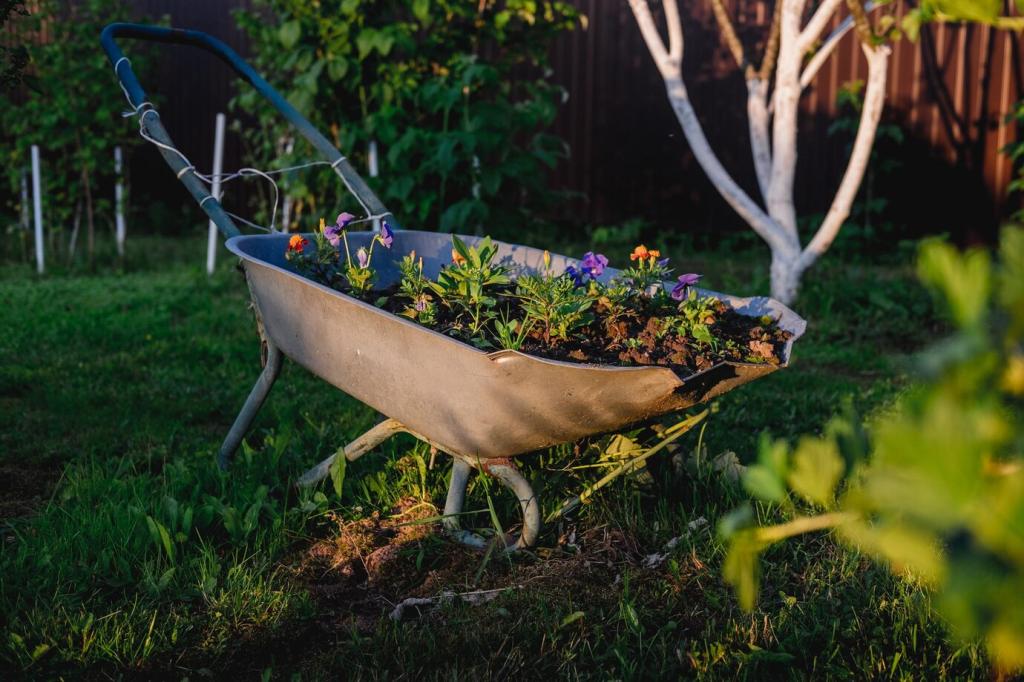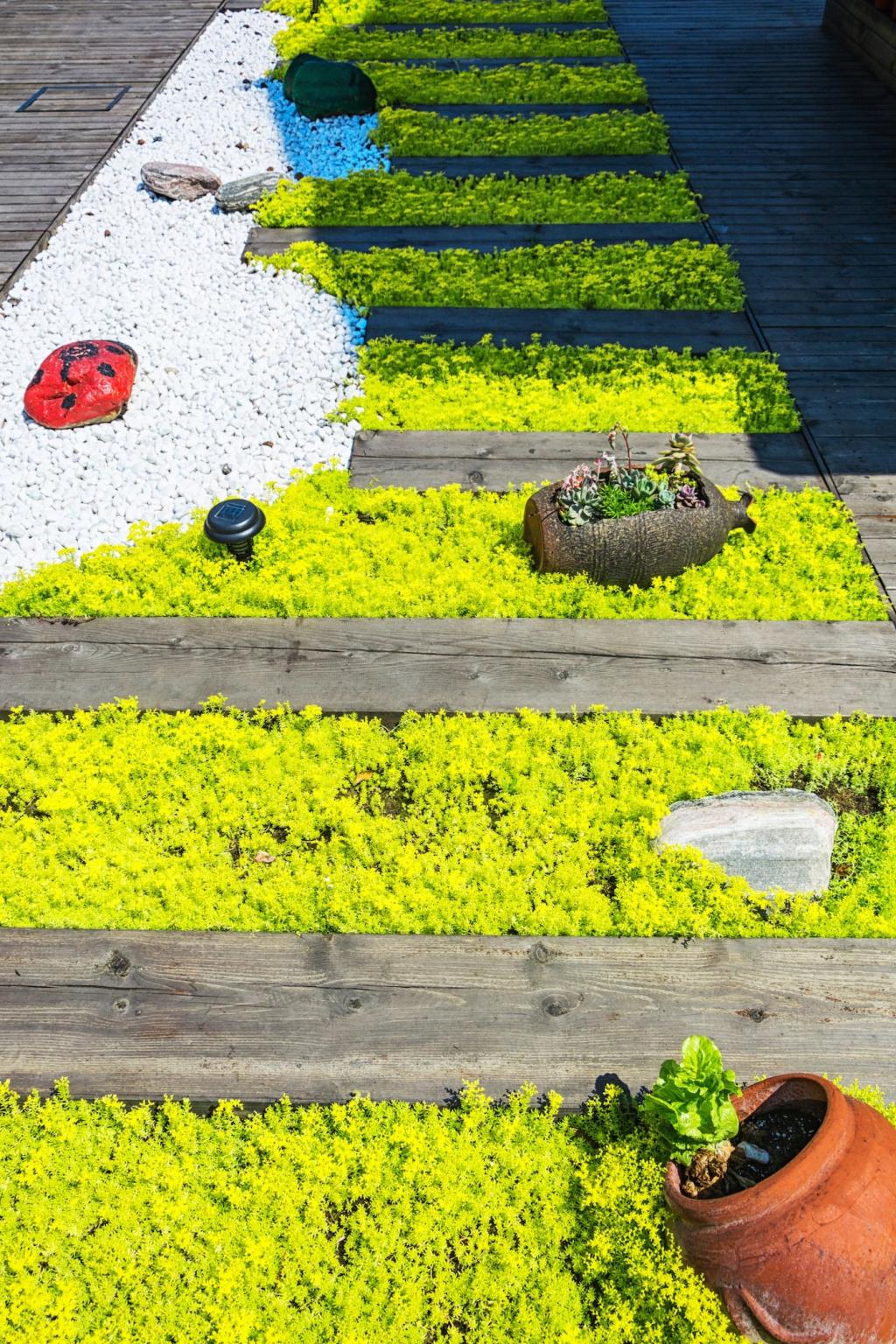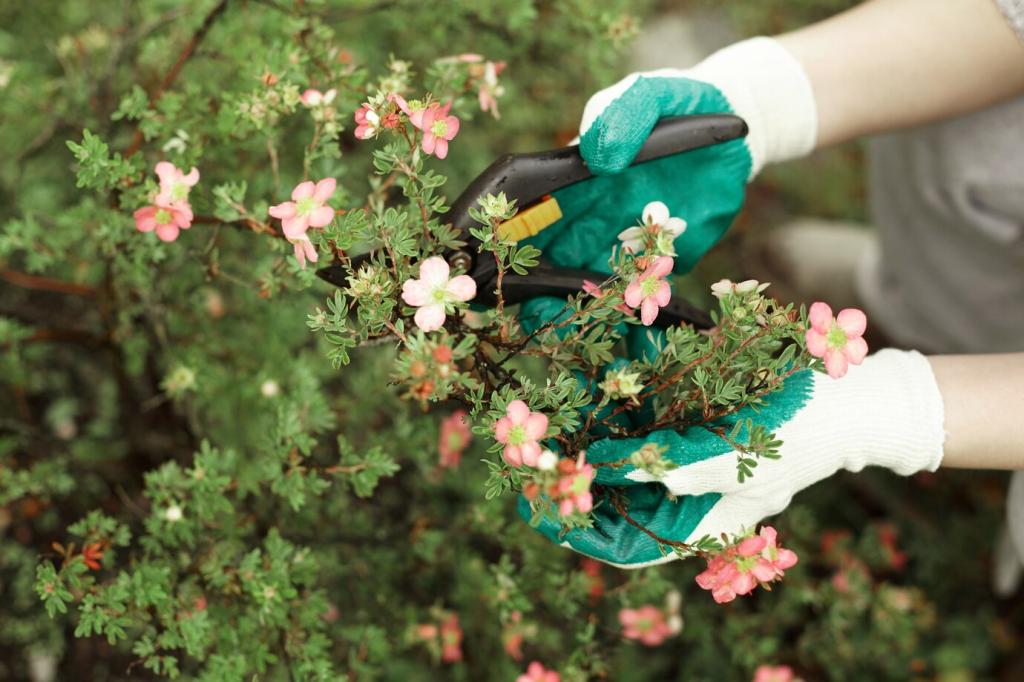Containers, Lawns, and Beds: Microclimate Matters
Pots heat quickly and drain fast in summer, often needing twice-daily checks during heatwaves. In shoulder seasons, reduce frequency but watch wind exposure. Use saucers strategically, avoiding constant sogginess. Comment with your potting mix and how you tweak watering from April to August.
Containers, Lawns, and Beds: Microclimate Matters
Lawns prefer deep, infrequent watering that encourages resilient roots. In summer, aim for early morning cycles; in fall, align with overseeding and reduce evaporation losses. Winter dormancy rarely needs irrigation. Share your lawn type and weekly schedule adjustments when temperatures swing suddenly.





